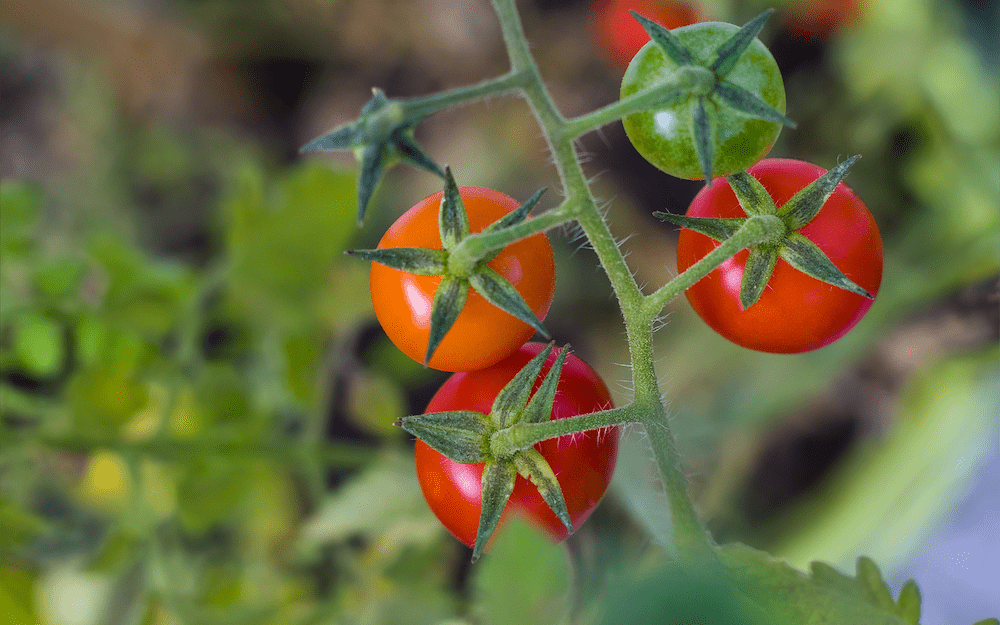7 Tips for the New Veggie Gardener
By Chris Beytes

So the pandemic has you thinking you need to grow your own food, eh? Excellent! Being able to start with a seed and end with a salad is a handy life skill that should be taught in every grade school. But it’s not, so chances are you’re a newbie and clueless, even at age 35 and with a degree in advanced financial management or whatever. So where do you start your journey of self-sufficiency? With these seven tips!

1. Start in Big Containers
The easiest way to give up on gardening the first day is to try tilling a quarter acre mini-farm in your back yard. Chances are the soil is hard and dry, or muddy and mucky, and the tiller you rented for $200 a day will break before 10 am. Instead, buy large plastic, fiberglass or composite pots. Large to hold lots of soils and lots of water, and plastic or composite to make them easier to move around when full.
2. Start with Easy Crops
Cherry tomatoes, spinach and lettuce are super easy, with few problems, and they make lots of vegetables. Summer squash and zucchini are also easy. Look for compact or “bush” varieties so they don’t overwhelm your containers.
3. Start with Plants, Not Seeds—Except for Lettuces
It’s tempting to try to start everything from seed, but germination and growing a good young plant is a talent unto itself. So for your first (and second and third) garden, start with small plants that the garden center sells. This is especially true for tomatoes and peppers. The exceptions are the aforementioned leafy greens and squashes. They’re real easy to grow from seeds and very satisfying to see coming up.

4. While Tempting, Avoid “Heirloom” Tomatoes
Heirloom varieties are wonderful, but they have two downsides: 1) They don’t tend to produce as much fruit, and 2) they are often more susceptible to diseases. This is especially true in tomatoes. Pick modern, hybrid, disease-resistant cherry varieties like Early Girl, Better Boy and Sweet 100. Once you master them, give an heirloom a try. The same goes for growing organically. A pot of cherry tomatoes gives people confidence because they grow easily.
5. Feed and Water!
It’s fun to plant, but it’s not always fun to maintain your new container garden. Buy a good general purpose vegetable fertilizer and apply it according to the instructions. And set up a watering schedule—ideally every day in the morning unless it has rained. Letting your garden dry out is the sure way to end its life.
6. Must Everything Be Organic?
As for organics? By all means, use an organic fertilizer if you choose to. But for your first garden, don’t get overly concerned about organic plants or organic seeds. Your new home-grown produce will be so delicious and healthy without that extra level of complication. Of course, when it comes to pests, there’s no need to apply any sprays. Most vegetables are fairly insect resistant. And if you do see something has chewed your tomato leaves, chances are it’s a big, ugly tomato hornworm, and you can just pick him off by hand and squash him—totally organic pest control!

7. Make Marigolds Your Friend
Marigolds! They’re timeless, easy, colorful, and, as a bonus, have natural insect-repelling qualities. French marigolds have tiny flowers and usually grow to just 8 to 10 inches tall. African marigolds have larger flowers and grow a bit larger, too—maybe 12 to 16 inches. Grow them from seed (they’re fairly easy) or starter plants for instant gratification.
These flowers have been the pest-management solutions for gardeners for generations. Plant marigolds near your veggie garden and it really helps your garden veggies grow.

Chris Beytes is the Editor of GrowerTalks magazine.
Flower Power Daily is very grateful for Chris Beytes‘ Yoda-like wisdom. Beytes, who has decades of experience in this field, has been incredibly generous to us whenever we have any questions about gardening and flowers.
